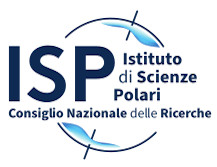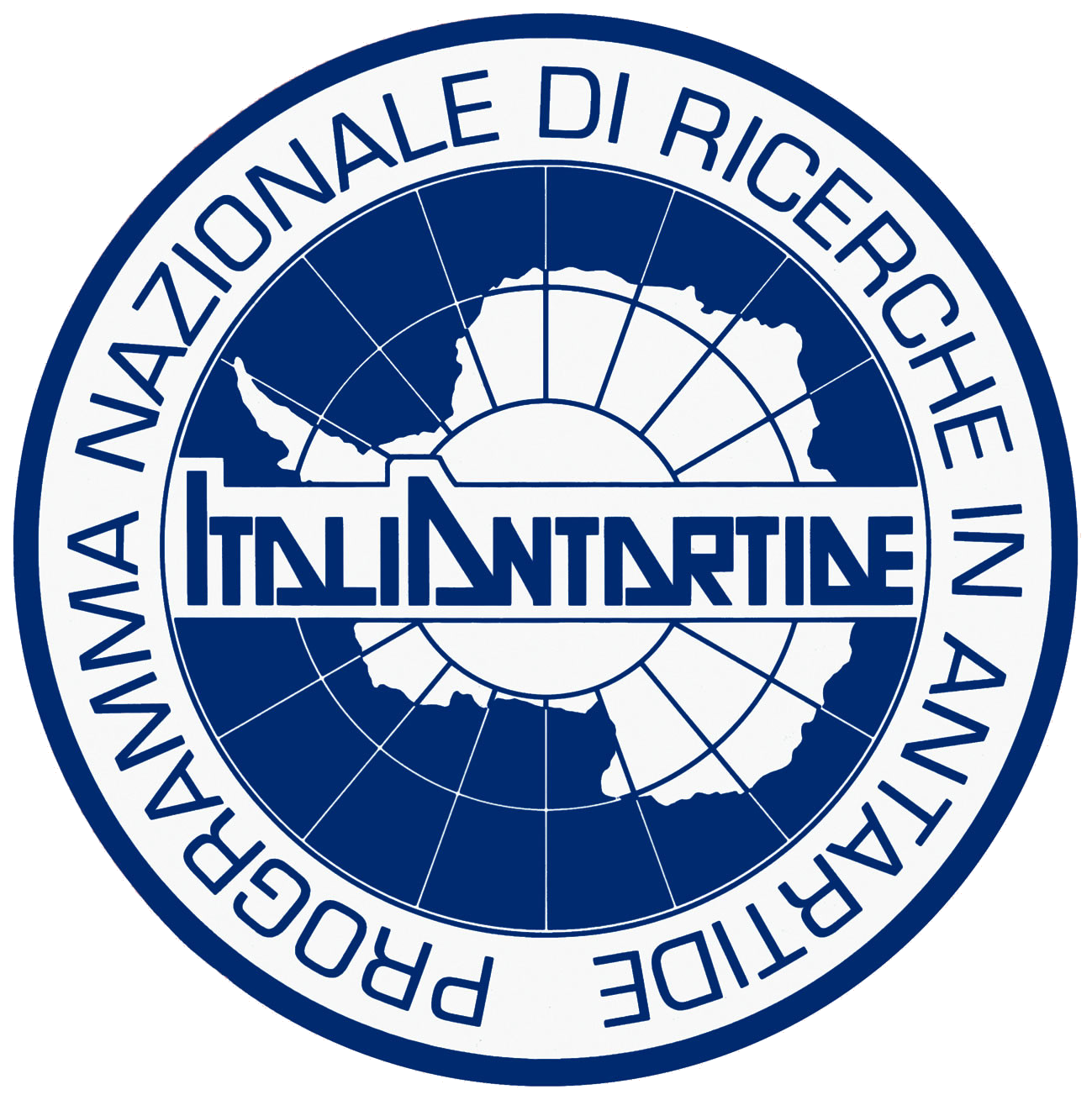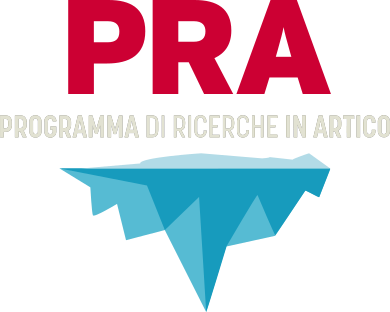Summary
To effectively assess and manage climate change, it is important that countries and industries accurately monitor greenhouse gas (GHG) emissions. Current observatories tend to collect and assess large-scale data on GHG concentrations, while short-term and small-scale data are overlooked. Existing means of collecting GHG data in remote areas are also costly and insufficient. The EU-funded MISO project seeks to establish a stationary observatory that will be able to accurately detect and gauge CO2 and methane concentrations in remote permafrost and wetland areas with improved nondispersive infrared GHG sensors. The weather-resilient observatory will operate independently with the help of drones and transmit data using cloud-based technology.
Objectives
Sensing, UAV, and Wireless Sensor Network Technologies for GHG Measurements in Permafrost and Arctic Environments
Project Partners
• Alfred Wegener Institute for Polar and Marine Research (AWI)
• NILU (Norway)
• AZUR DRONES (France)
• AWI (Germany)
• UTROMSO (Norway)
• SENSEAIR AB (Sweden)
• TEGNOLOGY APS (Denmark)
• CNR (Italy)
• QUB (United Kingdom)







 Title: Autonomous Multi-Format In-Situ Observation Platform for Atmospheric Carbon Dioxide and Methane Monitoring in Permafrost & Wetlands
Title: Autonomous Multi-Format In-Situ Observation Platform for Atmospheric Carbon Dioxide and Methane Monitoring in Permafrost & Wetlands 


